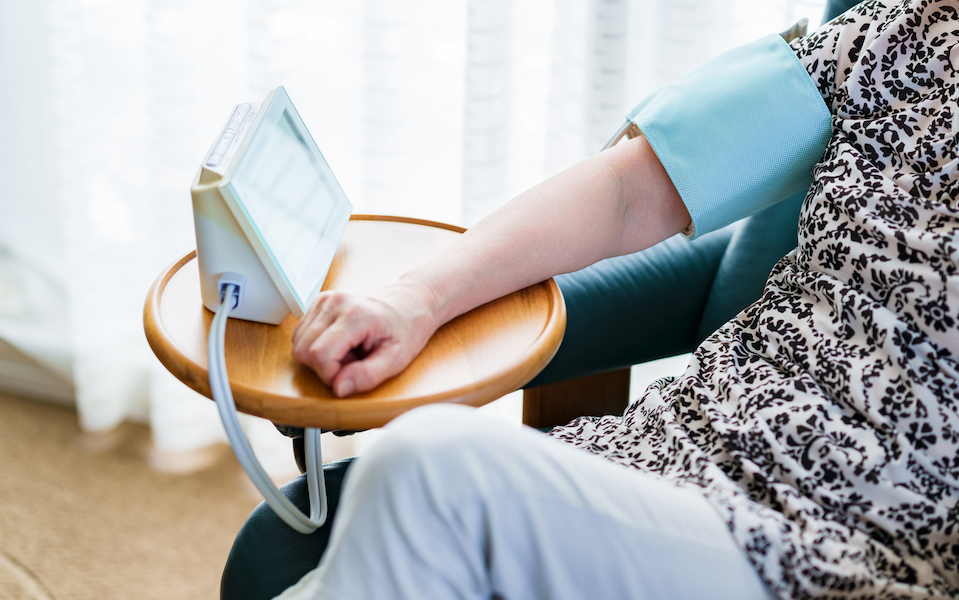Blood
Tulane researchers pioneer new way to help low-income patients control blood pressure
A new strategy emphasizing a team-based care approach was found to more significantly lower blood pressure for low-income hypertension patients, compared to the usual care approach. (Photo by iStock)
Uncontrolled hypertension, the leading preventable risk factor for cardiovascular disease and premature deaths worldwide, disproportionately affects low-income populations.
Now, a new strategy that trains healthcare providers to deliver more comprehensive, team-based care has been found to significantly lower blood pressure in low-income patients compared to the “usual care” approach. The findings were reported by Tulane University researchers at this week’s American Heart Association Scientific Sessions in Philadelphia.
Tulane researchers conducted an 18-month clinical trial with 1,272 hypertension patients at 36 Federally Qualified Health Centers in Louisiana and Mississippi. Most of the patients, 73 percent, had an annual family income level below $25,000. Half of the clinics were assigned to provide enhanced usual care, in which healthcare providers received training on recent American Heart Association hypertension guidelines. The other half were assigned to a multi-faceted intervention in which nurses, pharmacists or medical assistants were trained to coach patients about lifestyle modifications and medication adherence. Patients were also taught to conduct at-home blood pressure monitoring.
Those treated by the multi-faceted approach saw a systolic blood pressure drop of 16 mmHg compared to a 9 mmHg drop in blood pressure in the usual care group.
“This study shows that multi-level intervention is necessary to get blood pressure under control in low-income populations. One doctor alone is not enough. It requires teamwork,” said principal investigator Dr. Jiang He, the Joseph S. Copes MD Chair and Professor of Epidemiology at Tulane University School of Public Health and Tropical Medicine.
Importantly, the multi-faceted intervention clinics were trained to follow SPRINT (Systolic Blood Pressure Intervention Trial) treatment protocols, which set a goal of reducing hypertension patients’ systolic blood pressure to below 120 mmHg, compared to the AHA’s goal of less than 130 mmHg. Hypertension is defined as a blood pressure of 130 mmHg or higher.
Dr. He said the consistent at-home blood pressure monitoring empowered patients to engage in blood pressure management. Those treated by the multi-faceted approach also saw a higher adherence to medication, at-home monitoring and health education.
In addition to being prevalent in low-income groups, hypertension is more common in Black Americans than any other group.
Dr. He said more effective treatment of hypertension can reduce this health disparity. The success of the multi-faceted approach in Mississippi and Louisiana, where hypertension is especially high in low-income areas, also shows the approach is scalable and can be effectively implemented in other low-income communities.
“Our study is one of the first clinical trials to show the multi-faceted implementation strategy can improve hypertensions control in Federally Qualified Health Centers among low-income patients and shows this program can be easily applied at similar health centers nationwide,” Dr. He said.
Other Tulane investigators included in this study are Drs. Katherine Mills, Erin Peacock, Jing Chen, Hua He, and Paul K. Whelton.

